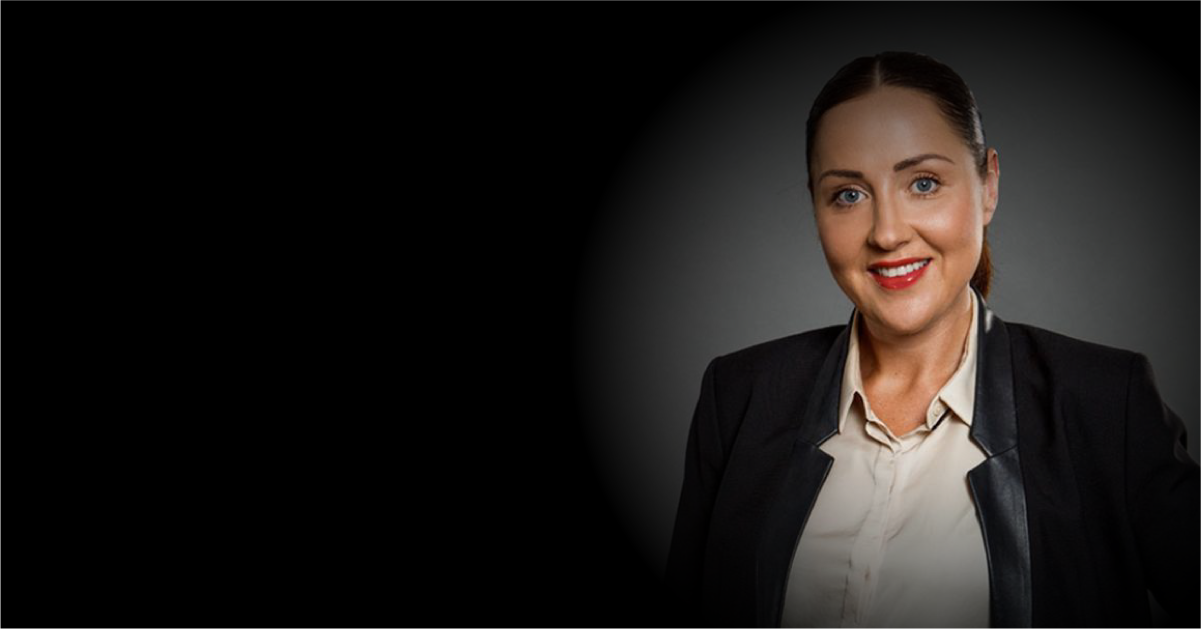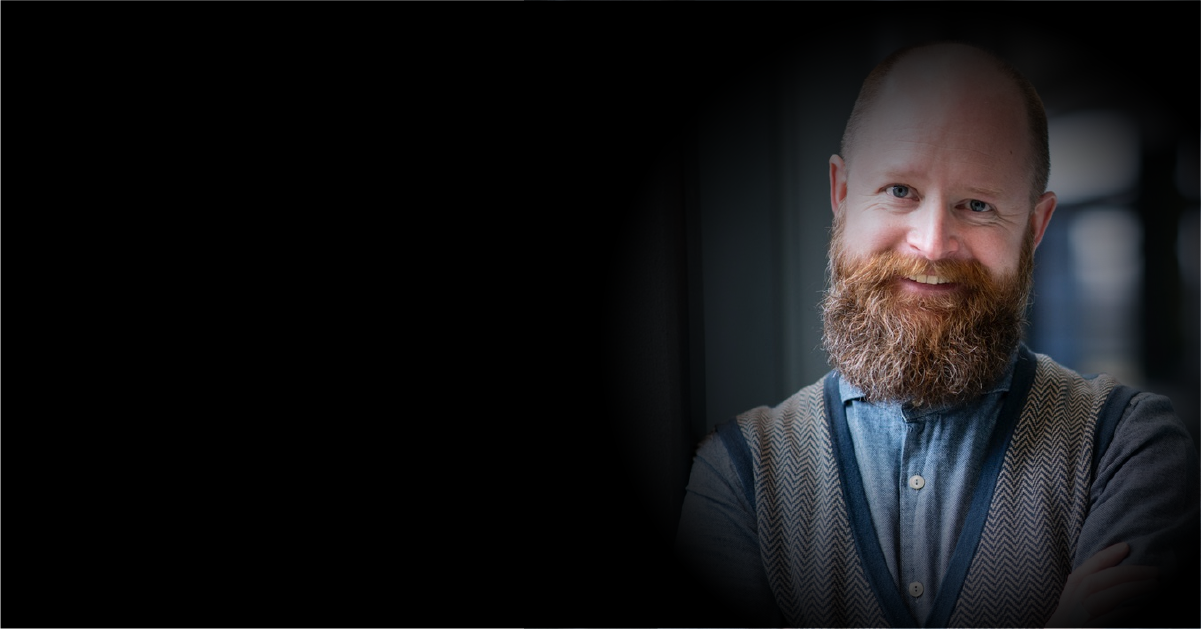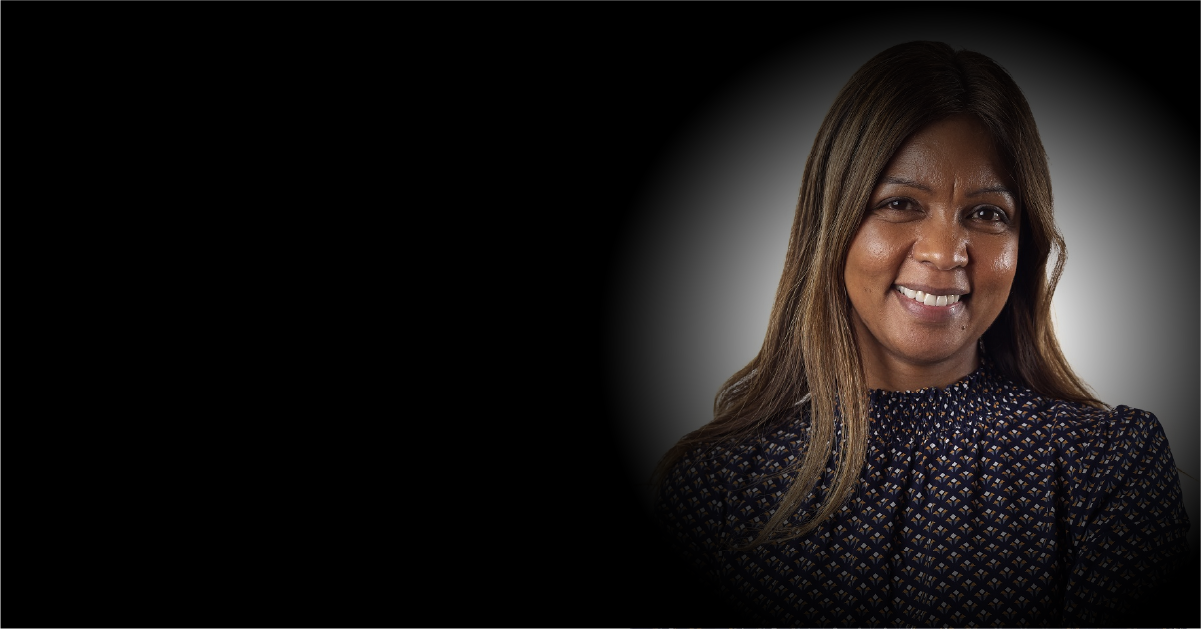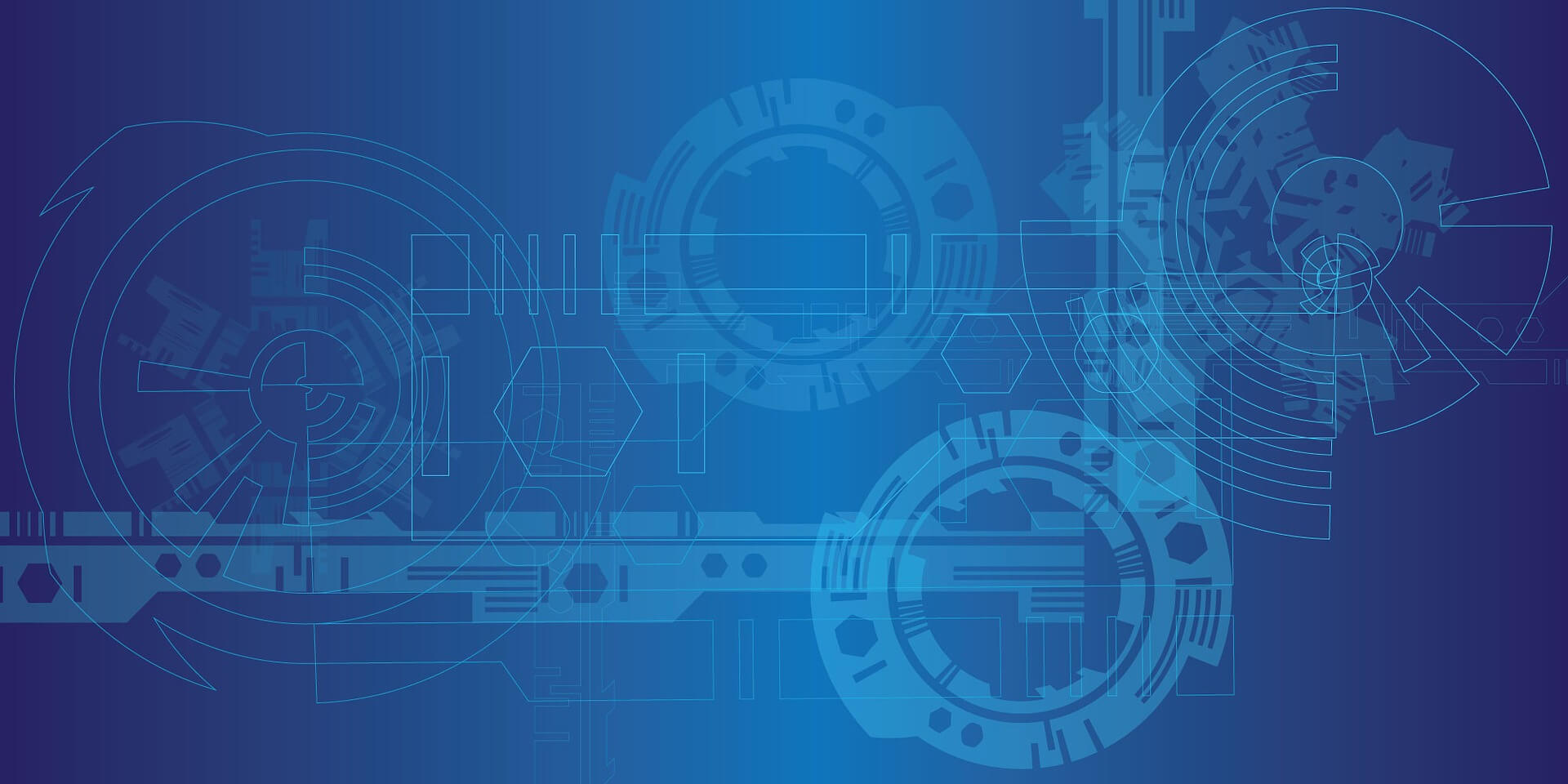All companies, from start-ups to MNCs, have one thing in common: a unique company culture. It is the foundation for a company’s identity and plays a big part in employee satisfaction and productivity. After a year of unprecedented changes, the influence of company culture on corporate reputation and organizational growth is undeniable.
We had an illuminating conversation with Amanda Pusa Edwall, Chief People Officer at Anyfin, on the importance of building a healthy workplace culture and the evolving priorities of HR leaders today.
Signs of a Healthy Organizational Culture
Toxic workplace culture has been cited as one of the main reasons behind The Great Resignation of 2021. According to Microsoft’s Work Trend Index, 40% of the respondents are looking to switch jobs this year. In order to retain the best employees, organizations have the responsibility of making them feel valued, respected, connected, supported, and productive.
Edwall lists the following as indicators of positive company culture:
- Employer and employee have matching values: “I have found both personally, but also from my job with HR that one of the most difficult things is when a candidate’s core values don’t align with the company. I think when that happens, it’s almost impossible to do a good job.”
- A positive and encouraging environment: When people feel insecure or afraid to speak their minds, it signals an unhealthy workplace culture. Organizations need to work towards providing “a welcoming and positive culture where employees are encouraged to be the best versions of themselves.”
- Money is not the main motivator: “People don’t work for a company because it makes the coolest product or pays the highest salary.” Companies with a positive workplace culture have “people who truly want to walk the extra mile and do something more. They genuinely care about their team, manager and company.”
Company Culture in a Hybrid Work Environment
When asked about building a company culture in a remote work setting, Edwall says “it’s very difficult, and the ones who say that it’s not difficult are lying.” She mentions challenges can be found in the following areas:
- Onboarding: How do you onboard people when there is no face-to-face interaction? Edwall says that employees need to know that they are part of a team and part of something bigger. A weak onboarding process may leave new employees feeling lost. “If you’re completely new to the company, you don’t even know who to reach out to for the right information.” Therefore, employees must take the initiative to ask questions instead of leaving things up to chance.
- Information sharing: Edwall says that this needs to be done “in a very thoughtful way.” Communication challenges in a virtual workplace make it hard to know whether employees have digested and understood the information given. Managers must create a safe space for employees to ask questions and seek guidance if needed.
- Working in silos: This is more likely to happen when employees are working remotely. According to Edwall, “people perceive themselves to being extremely efficient but does not know what everyone else is doing. Are you doing what’s most important and in alignment with everyone else? Or do we have three people in the company doing the same thing?” Managers have to identify and eradicate silos in the workplace as they can negatively impact employee collaboration.
A digitalized HR function has the potential to mitigate these challenges. According to our trend report, CHRO Investments 2021, there is a significant rise in technologies to increase remote employee collaboration and productivity. Surveyed HR professionals have invested in employee management software (22%) and project management and collaboration tools (20%) respectively.
Characteristics of a Start-up Culture
Most start-ups are associated with small tight-knit teams, young and energetic employees, flat hierarchy and flexibility. “I think in a start-up like Anyfin, it’s quite fast moving, and responsibilities can shift quite a lot from day to day,” Edwall says.
The flat hierarchy structure of start-ups can result in leadership capabilities that are not fixed. According to Edwall, “managers are highly focused on getting results and are extremely engaged.” She adds that HR personnel and managers need to make sure that people take time off and that they need to reset.
However, she notes that priorities are slowly shifting. “Ten years ago, the focus was on having a career and getting a lot of equity. But now, I think more people care about the softer part of work as well.” It is also important to celebrate success and not rush to chase the next big thing. “There is pressure for perfection in many start-ups and to always aim higher because the work is not good enough. This can be very poisonous for young, motivated people. When can you ever feel proud of all the things you have accomplished if nothing is ever good enough?”
If company culture is left on the back burner, it could result in a toxic workplace that leads to a high turnover rate. Management teams must create a clear picture of their vision, mission and core values, and communicate them effectively to employees.
Shifting Priorities for Today’s HR Leader
Edwall says the HR leader role has evolved in the past 18 months. The biggest priority for CHROs now is to build a robust hybrid or remote working model. “I think for many start-ups, from a technical perspective, this has been a natural thing as the infrastructure is already in place.”
In addition, Edwall shares the following observations:
HR brings C-suites together
“HR has moved from being in the backseat to constantly reminding leadership peers on the company’s direction.” They ensure the top management are united in terms of planning and executing organizational goals. “I think HR is becoming more of the glue in the organization.”
The mental health of employees
Work-life balance and mental health need to be investigated more closely. “What do we need to do for employees’ mental resilience? We need to give them the tools to be able to do that themselves.”
According to Gartner, 68% of organizations have already introduced at least one new wellness benefit to help improve their employees’ mental health. Companies are also taking actionable steps to increase mental health awareness by offering employees mental health leave and shutting down operations for a “collective mental health day.”
Upskilling and retraining
“I had to remold my employee base to work on things outside their job scope.” Edwall and her team worked on identifying their strengths and assigned them new tasks accordingly. For example, she encouraged talent acquisition staff to try out lead generation, market research and customer support, among others. This aligns with the findings in our report, HR Key Focus Areas in 2021, where HR leaders fostered a learning mentality and influenced employees to stay interested and open to learning.
Employee Investment is Key
The biggest takeaway from our conversation with Edwall is the urgency for organizations to invest with their employees.
“Anyfin today will be very different from Anyfin in three years. How do we truly invest in the people we hired today to make sure that they fit the organization a few years from now?”
Leaders need to rethink their organization’s culture and values, not just on-the-surface perks they can offer. Although it is nice having ping pong tables and fika breaks, Edwall says they are just elements of “shallow employee engagement.” Healthy workplace culture starts with leaders walking the talk and getting to know their employees in depth to identify their motivation for working.










 As companies temporarily close their offices or establish shift groups, some leaders are finding it harder to
As companies temporarily close their offices or establish shift groups, some leaders are finding it harder to  From feelings of anxiety to increased workload and higher pressure, the pandemic has brought many mental health impacts on workers and employees across the industries.
From feelings of anxiety to increased workload and higher pressure, the pandemic has brought many mental health impacts on workers and employees across the industries.

 As these are business priorities for organizations anyway, Iyer believes that leaders can adopt these new methods and ride the wave while still keeping past priorities in check.
As these are business priorities for organizations anyway, Iyer believes that leaders can adopt these new methods and ride the wave while still keeping past priorities in check.




